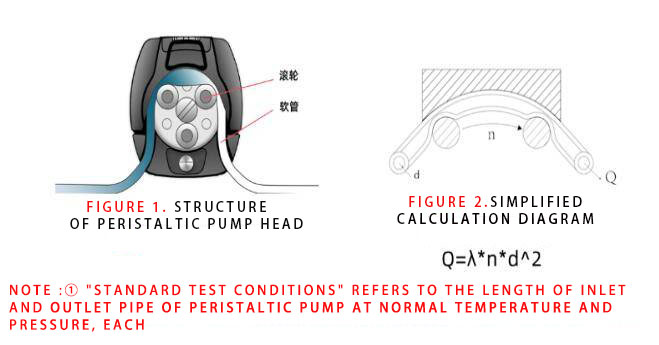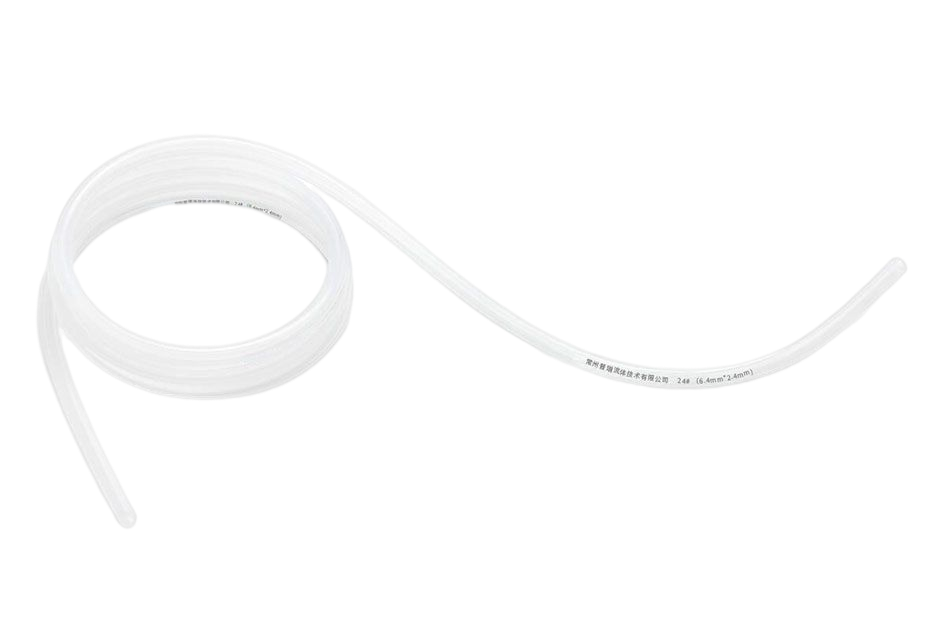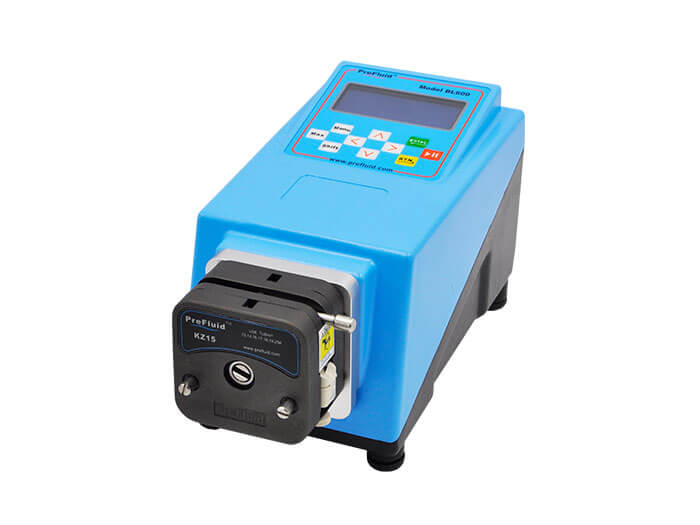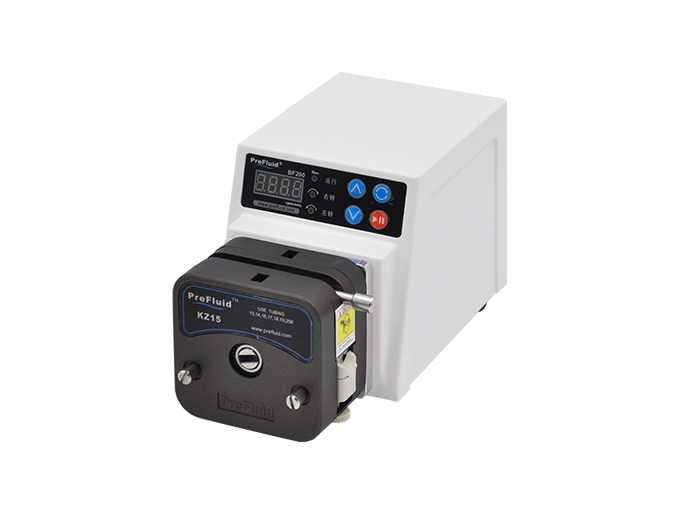OEM peristaltic pump as a small fluid transmission equipment, in various industries have no small application. Its main embodiment is the transmission of the flow of the pump, there are many users in the purchase, do not know how much they need to flow, will not calculate, today, River for you to explain, about the calculation method of peristaltic pump flow.
OEM peristaltic pump flow calculation formula
Under standard test conditions, the flow Q of the peristaltic pump is determined by the speed n of the driver, and the selected hose diameter d and the flow coefficient λ :
Q=λ*n*d^2

The formula leads to two important conclusions
1, flow Q is proportional to the speed n, the higher the speed, the greater the flow. For example, when the peristaltic pump is 1rpm, the flow Q= 1ml/min. It can be deduced that when the peristaltic pump is 10rpm, the flow Q= 10ml/min.
2. Flow rate Q is proportional to hose inner diameter d2. The change of inner diameter d will bring a more significant change in flow rate Q, which provides a basis for the arrangement of hose size series.
In the formula, the flow coefficient λ is mainly related to the working circle diameter, the number of rollers, roller diameter, hose material, hose elastic attenuation and other comprehensive factors. The larger the diameter of the working circle is, the larger the flow coefficient is. When the number of rollers increases, the flow coefficient decreases. With the increase of roller diameter, the flow coefficient decreases. The better the elasticity of peristaltic pump hose, the greater the flow coefficient. A large number of experimental data show that in the process of using the peristaltic pump, the elastic attenuation of the hose affects the size of the flow coefficient. The new hose in the early use of the flow fluctuation is large, after 1-2 hours of use, the flow tends to be stable, and with the working time has a trace attenuation. These factors affect the law of complex, we synthesize into a flow coefficient λ, this coefficient is a constant value under certain conditions. It can be measured by quantitative or timed calibration of fluid volume, known in the industry as flow correction.
Peristaltic pump use flow setting operation
When the customer uses Leifer's peristaltic pump (flow type peristaltic pump, filling type peristaltic pump), the flow calibration function can be used to calibrate the flow and set the peristaltic pump to flow mode. At this time, the flow calculation model can be simplified as Q=a*n(equivalent formula n=Q/a, a=Q/n) under the condition of determining the hose and liquid use.
After measuring the constant flow coefficient under different speed, the flow of peristaltic pump is proportional to the speed. Choose river flow type peristaltic pump, customers by setting the required flow, the equipment automatically adjust the speed, to meet the output of different flow requirements, easy to use.
In complex actual working conditions, the relationship between flow and speed is shown in Figure 4. Flow Q and speed n calculated by the above formula are only valid in a certain linear region. Beyond this range, the relationship between flow Q and speed n is nonlinear.
This situation occurs in extreme cases, such as liquid with high viscosity, too small pipe diameter, long pipe passage, and too high velocity, which will reduce the flow rate and eventually form a flow inflection point (as shown in Figure 4). After a certain speed is exceeded, the flow rate tends to remain constant and no longer increases linearly with the increase of the speed, and it is easy to generate atomization and vacuum inside the pipeline.
Flow inflection point phenomenon, the fundamental reason is that a variety of factors will affect the negative pressure at the inlet of the pump head, the hose rebound degree in the case of negative pressure increases, there will be nonlinear changes, the flow also has nonlinear changes.



